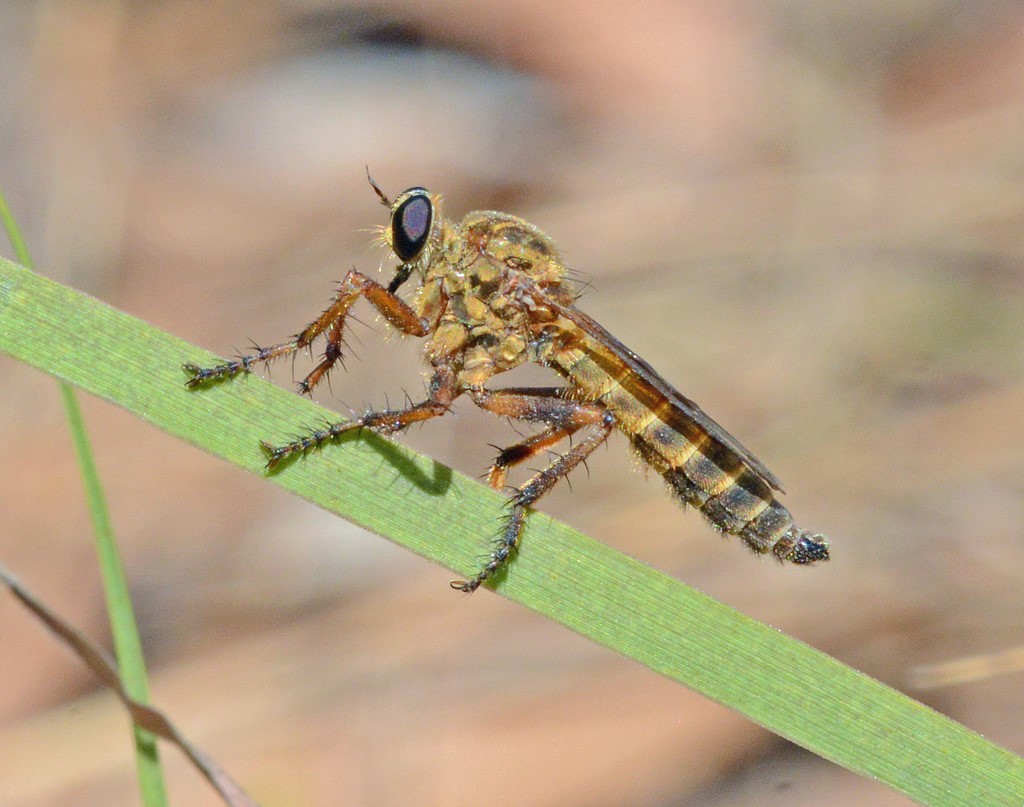Volume 41, Number 1
Check out all the latest news and announcements from the Gopher Tortoise Council here!
Becca Cozad
Dear Burrowers,
I am excited for the opportunity to help support Jeff host the (hopefully in-person) 2021 annual meeting this fall! I am a research biologist at Nokuse Plantation, a large privately owned conservation site located in the Florida panhandle, where our work is primarily focused on longleaf pine restoration and gopher tortoise conservation. Nokuse is one of the largest recipient sites for translocated gopher tortoises in the state and where I completed the research for my Master’s degree from the University of Georgia.
We are pleased with how well our first attempt at a virtual meeting format for GTC went, but we will be glad to leave our burrows and see others in our social network in person later this year. Our current plan is to hold the annual meeting during the last weekend in October (Oct 28-30) in St. Petersburg, FL. With it being so close to Halloween, we won’t mind if you also feel the need to dress in costume! Stay tuned for more details.
Earlier this spring marked the 5th anniversary of Florida proclaiming April 10th as Gopher Tortoise Day, a day to celebrate and raise awareness of this awesome species. Other states in the range also hosted Gopher Tortoise Day events, and we hope you were also able to celebrate wherever you live!
In other exciting news, GTC recently received the “NGO Special Recognition Award” from the Florida chapter of The Wildlife Society for efforts to promote conservation and resource stewardship in the state. We also want to give a shout-out to Ericha Shelton-Nix for the work she did during her term as GTC Co-Chair.
I am excited for the upcoming events in 2021 for this amazing organization. Best wishes for a sure-to-be busy summer field season for folks!
Best,
Becca Cozad
Junior Co-Chair

Kimberly Buchheit
We have all come to know and love gopher tortoises, and perhaps in the past year we behaved more like them than ever before. We trudged along cautiously during the COVID-19 pandemic, we dug ourselves in, we came out to nibble and we only stuck our necks out when it was absolutely necessary.
We had adopted our socially distanced, solitary habits and we all got tired of being isolated from our friends and family. That is why it was especially satisfying and fun to re-engage in the relative safety of open air at Split Oak Forest in Orange and Osceola County, Florida, for Gopher Tortoise Day 2021.

Jordan Donini, Florida SouthWestern State College
As most supporters of the Gopher Tortoise council are aware, there are literally hundreds of species that call the deep and winding burrow of the gopher tortoise home, with many of these being fellow members of the class reptilia. Several studies have highlighted the use of burrows by large snake species such as eastern diamondback rattlesnakes (Crotalus adamanteus) and eastern indigo snakes (Drymarchon couperi), along with some smaller species. However, there has been limited documentation or study on how tortoises interact with fellow Testudines (Turtles).

Gopher tortoises are a keystone species in the Floridian ecosystem. In fact, over 300 other species depend on gopher tortoise burrows to live, and it is imperative to protect them. A greater number of gopher tortoise burrows can help gauge the health of the ecosystem as a whole. Why gopher tortoise burrows are distributed the way they are can help conservation efforts. Areas that tend to favor tortoise burrows more should be protected from human development.
Dirk J. Stevenson
One humid May morning, on an aeolian dune above a blackwater stream (aptly named Alligator Creek), I lay on my belly, fully outstretched, on a sizeable butter-yellow spoil of sand − the apron of a large, active gopher tortoise burrow. Dozens of other burrows, including some where I have observed indigo snakes, Florida pine snakes, and gopher frogs, pock the nearby landscape. The mellifluous note-then-trill of a Bachman’s sparrow makes it clear I am on his turf.

Some recently published articles about gopher tortoises and upland communities in the Southeast. Also check out GTC's Education & Outreach for more literature, including snake and tortoise bibliographies!
